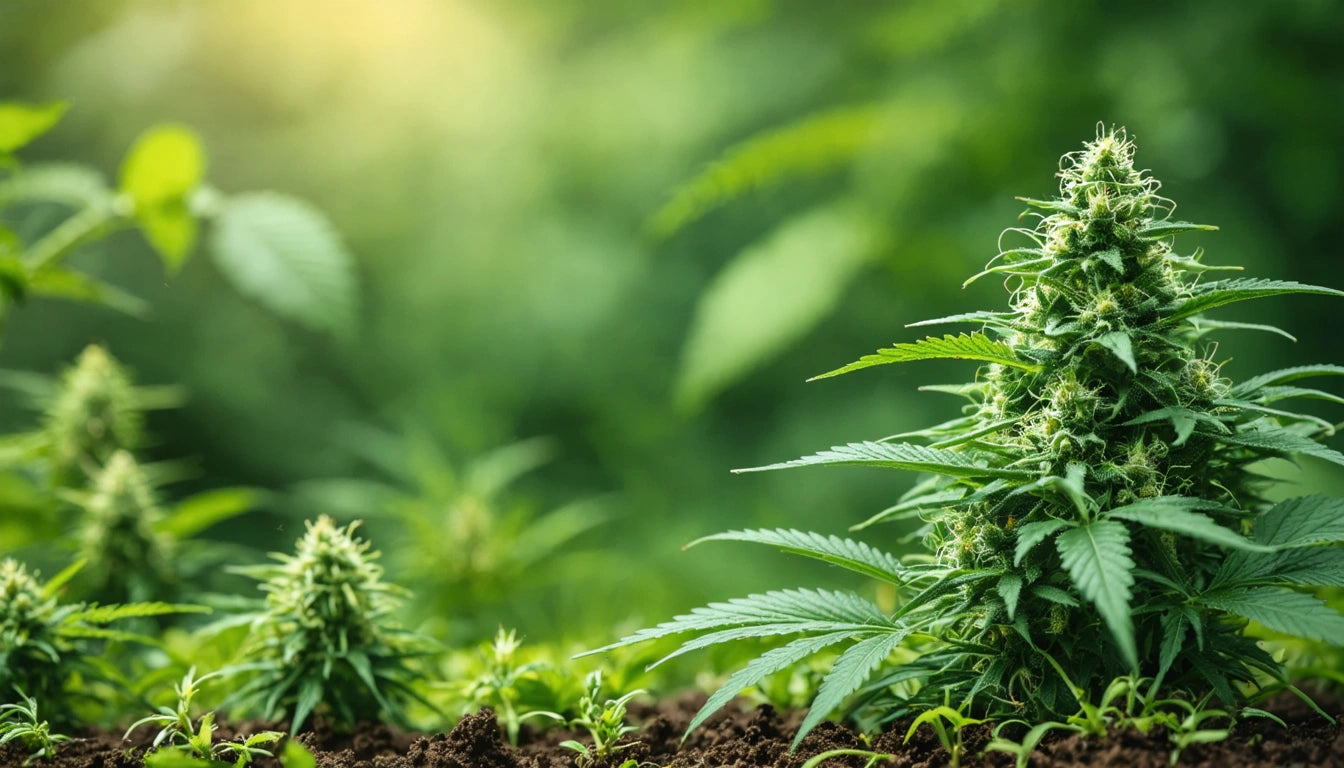Table of Contents
- Why Clone Cannabis Plants: Benefits and Advantages
- Materials Needed for Successful Cannabis Cloning
- Selecting Healthy Mother Plants for Quality Clones
- The Cutting Process: How to Take Perfect Cannabis Clones
- Rooting Methods: Water, Soil, and Rooting Cubes
- Environment and Care for New Cannabis Clones
- Transplanting Clones to Their Final Growing Medium
- Troubleshooting Tips for Common Cloning Challenges
Step-by-Step Guide to Cloning Cannabis Plants
Cloning cannabis plants is a cost-effective and efficient way to reproduce your favorite strains while preserving their genetic traits. Unlike growing from seeds, cloning guarantees genetic consistency and speeds up the growing process. This comprehensive guide will walk you through how to clone marijuana plants successfully, from selecting mother plants to caring for new clones.
Why Clone Cannabis Plants: Benefits and Advantages
Cloning cannabis offers several advantages over growing from seeds. When you clone a weed plant, you create an exact genetic copy of the parent, ensuring consistent potency, flavor profiles, and growth patterns. Additional benefits include:
- Faster growth cycle (no germination phase needed)
- Cost savings on seeds
- Guaranteed female plants (no males to remove)
- Preservation of rare or favorite genetics
- Continuous supply of identical plants
According to cannabis cultivation experts, clones typically reach maturity 2-3 weeks faster than seed-grown plants, making them ideal for commercial operations and home growers alike.
Materials Needed for Successful Cannabis Cloning
Before learning how to clone a marijuana plant, gather these essential supplies:
- Sharp, clean scissors or razor blade
- Rooting medium (rockwool cubes, soil, or water)
- Rooting hormone (gel or powder)
- Spray bottle with water
- Clear dome or plastic bag (for humidity)
- Small pots or containers
- Clean gloves
- pH-balanced water (5.8-6.3)
- Grow lights (fluorescent or LED preferred for clones)
For those serious about cloning, specialized tools like precision cutting equipment can make the process more efficient and improve success rates by ensuring clean cuts that promote better rooting.
Selecting Healthy Mother Plants for Quality Clones
The quality of your clones directly depends on the health of your mother plant. When selecting a mother plant:
- Choose plants at least 2 months old in the vegetative stage
- Look for vigorous growth and strong stems
- Avoid plants showing signs of stress, pests, or disease
- Select plants with desirable traits (yield, potency, resistance)
- Ensure the mother plant has been under 18+ hours of light
As detailed in this comprehensive cloning guide, mother plants should be well-watered 1-2 days before taking cuttings to ensure proper hydration and nutrient levels.
The Cutting Process: How to Take Perfect Cannabis Clones
Learning how to clone weed plants properly starts with taking the right cutting:
Step 1: Prepare Your Workspace
Sanitize all tools and surfaces with isopropyl alcohol. Work in a clean environment to reduce contamination risks.
Step 2: Identify Suitable Branches
Look for healthy branches with at least 2-3 nodes. Ideal cuttings come from the lower and middle portions of the plant where growth is less nitrogen-rich and more conducive to rooting.
Step 3: Make the Cut
Using sharp scissors or a razor blade, cut the branch at a 45-degree angle just below a node. Aim for cuttings 4-8 inches long.
Step 4: Trim Lower Leaves
Remove leaves from the lower portion of the cutting, leaving 2-3 sets of leaves at the top. This reduces transpiration and encourages the plant to focus energy on root development.
Step 5: Apply Rooting Hormone
Immediately dip the cut end into rooting hormone to stimulate root growth and prevent infection.
For consistent results, experienced growers recommend taking multiple cuttings at once, as not all clones will successfully root.
Rooting Methods: Water, Soil, and Rooting Cubes
There are several methods for how to clone marijuana plants, each with advantages:
Water Method
The simplest approach for how to clone marijuana plants in water involves placing cuttings in a container of pH-balanced water, changing it every 1-2 days until roots develop (typically 7-14 days).
Rooting Cubes
Rockwool, peat, or foam cubes provide an ideal medium for cannabis clones. Insert the cutting into a pre-moistened cube and place under a humidity dome.
Soil Method
Plant cuttings directly into a light, aerated soil mix. This method eliminates the transplant shock but may have a lower success rate than other methods.
According to cultivation experts, rockwool cubes typically offer the highest success rates for beginners learning how to clone cannabis plants.
Environment and Care for New Cannabis Clones
Creating the optimal environment is crucial for successful rooting:
- Temperature: Maintain 70-75 °F (21-24 °C)
- Humidity: Keep at 90-100% until roots form, then gradually reduce
- Light: Provide 18 hours of gentle light (fluorescent or low-intensity LED)
- Watering: Keep rooting medium consistently moist but not saturated
- Nutrients: Avoid fertilizers until roots are established
A humidity dome or plastic bag over the clones creates the greenhouse-like conditions needed for optimal root development.
Transplanting Clones to Their Final Growing Medium
Once your clones have developed a healthy root system (typically 10-14 days), they're ready for transplanting:
When to Transplant
Look for roots extending 1-2 inches from the rooting medium and new vegetative growth as signs of readiness.
Transplanting Process
Carefully transfer the rooted clone to a larger container with fresh growing medium. As outlined in this transplanting guide, water thoroughly after transplanting and keep the environment slightly more humid than normal for a few days.
Post-Transplant Care
Gradually introduce nutrients at 1/4 strength, increasing over time as the plant establishes. Continue with an 18-hour light schedule for vegetative growth.
Troubleshooting Tips for Common Cloning Challenges
Even experienced growers face challenges when learning how to clone weed plants. Here are solutions to common problems:
- Wilting: Ensure proper humidity and reduce light intensity
- Yellowing leaves: Normal in small amounts; excessive yellowing indicates nutrient issues
- No root development: Check temperature, hormone application, and cutting technique
- Mold growth: Improve air circulation and reduce excessive moisture
- Slow growth after transplant: Patience is key; clones need time to establish
For sustainable growing practices, natural cultivation methods can complement your cloning efforts, creating a more environmentally friendly growing operation.
By following these detailed steps for how to clone cannabis plants, you'll be able to preserve your favorite genetics and maintain a continuous cycle of production. With practice, your success rate will improve, allowing you to expand your garden with consistent, high-quality plants that carry forward all the traits you value in your cannabis varieties.











Leave a comment
All comments are moderated before being published.
This site is protected by hCaptcha and the hCaptcha Privacy Policy and Terms of Service apply.